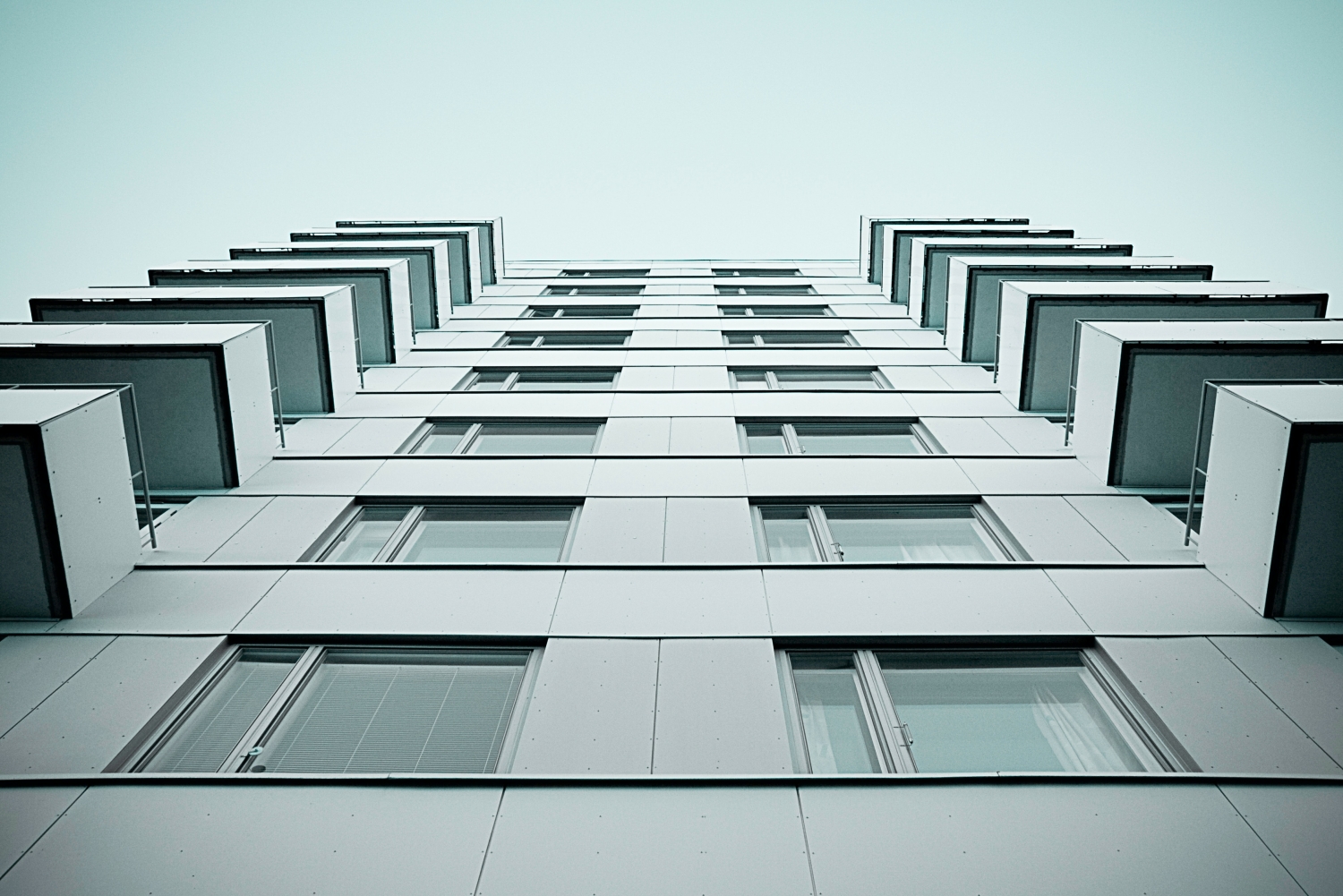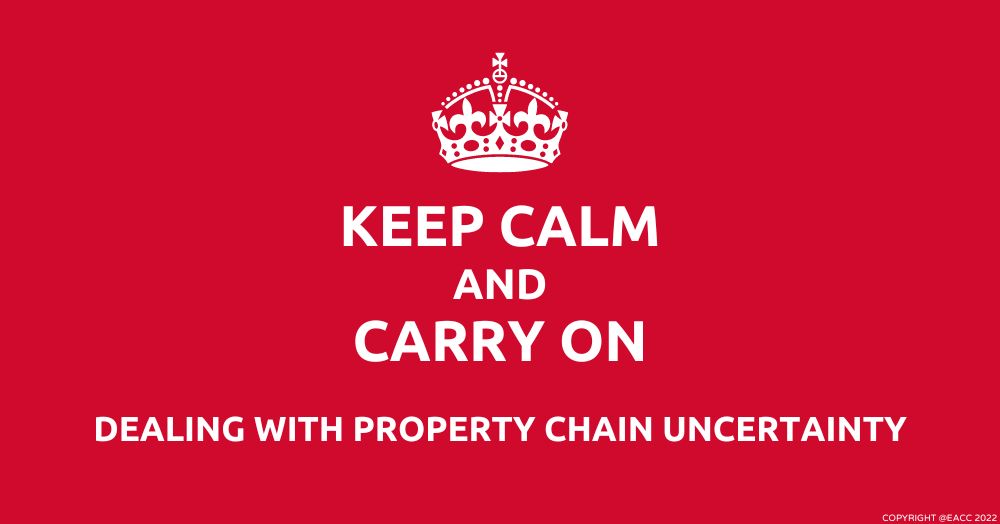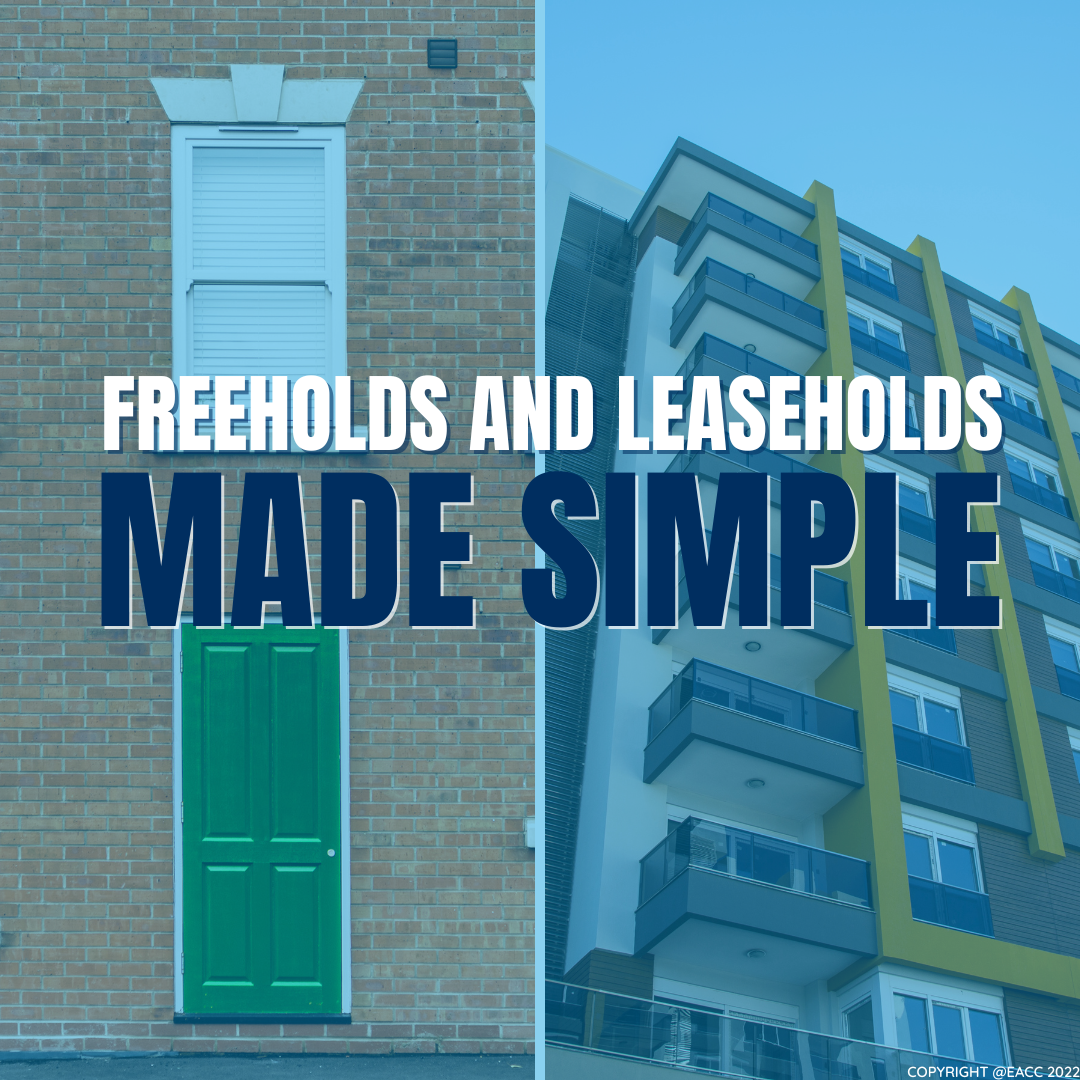Stamp Duty has now become an excellent tax collector for the government and the additional 3% rate for second homes has certainly slowed down the investment market. To add to that, the new tax laws regarding rental income and offsetting interest costs being no longer deductible has resulted in some landlords selling off their portfolio. This does give the first-time buyers some opportunities to buy that flat NEAR THE STATION as a result. Stamp-duty for larger homes over £1M certainly slowed that market down, however it all finds its level as buyers & sellers adjust accordingly.
You must pay Stamp Duty Land Tax if you purchase a property or land over a certain price in England, Wales and Northern Ireland.Before December 2014, Stamp Duty was paid on the whole value of the property. You would have paid 1% on a property valued between £125,000 and £250,000. You pay Stamp Duty Land Tax on increasing portions of the property price above £125,000 when you buy residential property. This could be a house or flat.
Key Takeaways:
- You must pay Stamp Duty if you purchase a property over £125,000 in England.
- The percentages you would have to pay increases as the price of the property increases.
- There is a difference in the amount you would have to pay in Stamp Duty depending on whether the property you have purchased is residential or non-residential.
Key Quote:
"With house prices rising rapidly more and more homebuyers are having to pay stamp duty land tax, though what exact rate you pay depends on the property's price."






Share this with
Email
Facebook
Messenger
Twitter
Pinterest
LinkedIn
Copy this link